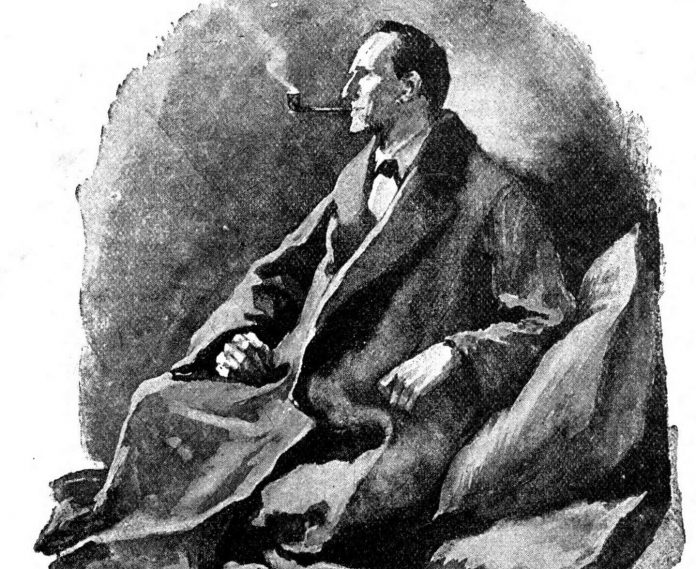In 1893, swarms of English citizens wore grieving black armbands. There was a sombre mood in the air; one even described it as ‘life’s darkest hour’. What national hero had died to create such a reaction? It was none other than the cleverest hero of them all, Sherlock Holmes.
Obviously Sherlock could never die in a literal sense, after all, he was a work of fiction. But he was not dead in a canonical sense either.
To those Victorian fanboys and fangirls, and subsequent generations, Sherlock was, and always will be, an extraordinary figure. His powers of deduction have earned him a status that has extended beyond literature, achieved only by select others such as Dracula. Holmes is no longer just a Doylean creation – he is an icon of British culture, and a type upon which to base fictional creations, such as Dr Gregory House.
Thanks to the character becoming public domain in the UK and USA, Sherlock has been listed in the Guinness World Records as the ‘most portrayed movie character’, having had 70 actors play him in over 200 films. The most recent of these starred Robert Downey Jr. as Sherlock, and reinvented Sherlock into a bare-knuckle fighting hero more in line with contemporary action heroes. It is this ability for reinvention that is his lasting genius. Sherlock can be a gun-wielding fighter, or a pipe-wielding gentleman, or an animated gnome, but he remains recognisable as the shrewd and sassy detective.
It is not only in film we see evidence of this; Sherlock’s ability to be transported into different media forms has kept the character thriving in our technological climate. Apart from books, magazines and theatre, Sherlock has been brought to life in comics, computer games, and perhaps most famously in recent years, television.
The BBC’s Sherlock is the perfect example of the adaptable nature of the character. Not only is Sherlock independently humanised alongside the foil of Watson, but he is brought into the modern world in a seamless translation that does not infringe on his character. This unique timelessness and mutability is what allows the recreation of Sherlock again and again without damaging his figure.
In short, detective Holmes continues to be reborn, in what has now become not only The Return of Sherlock Holmes, but The Legend of Sherlock Holmes. Conan Doyle, however, would probably not have approved of Sherlock’s continuing legend – after all, he did try to kill the character off in The Final Problem. But perhaps Sherlock’s now iconic status would change his mind.
For Cherwell, maintaining editorial independence is vital. We are run entirely by and for students. To ensure independence, we receive no funding from the University and are reliant on obtaining other income, such as advertisements. Due to the current global situation, such sources are being limited significantly and we anticipate a tough time ahead – for us and fellow student journalists across the country.
So, if you can, please consider donating. We really appreciate any support you’re able to provide; it’ll all go towards helping with our running costs. Even if you can't support us monetarily, please consider sharing articles with friends, families, colleagues - it all helps!
Thank you!




